“This tea had quite a bit of Hui Gan,” someone said to me once.
“Who’s Hui Gan?” I asked, thinking they were referring to a Chinese scholar.
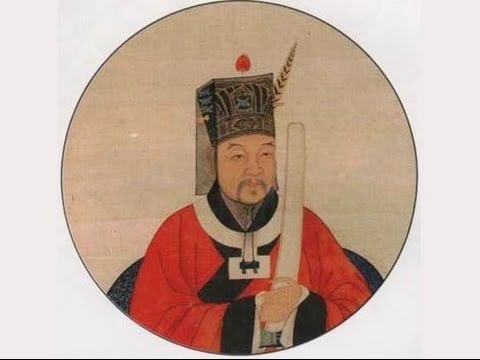
Clearly, I’d never heard the term before. Several people had used it in my presence, and I nodded as if I knew what they were talking about. Of course, I didn’t. I had to consult a more knowledgeable tea blogger friend to have it defined for me.
“Hui Gan” can be translated as “comeback sweetness”. And—like everything else in Chinese—what that means is a tad esoteric and abstract. Finding a definitive answer online was even more elusive. Some people referred to it as the lingering sweetness found in some teas after sipping. Others claimed it was the reflection of that sweetness later down-the-line. As in, a mental reflection, followed by a craving. Like tea drinker déjà vu . . . or something.
The last time I heard the term, it was from Greg “Norbu Tea” Glancy. We were discussing his Ali Shan offerings, and he mentioned that his new Winter ’16 oolong had “great Hui Gan”. I was interested in doing a back-to-back comparison of that tea with a batch of the Spring 2016. Both were greener style, high mountain Ali Shan oolongs, and I thought it’d be interesting to do a side-by-side. The whole Hui Gan hullabaloo became an added side-quest.
One fine day off from work, I got to brewing.
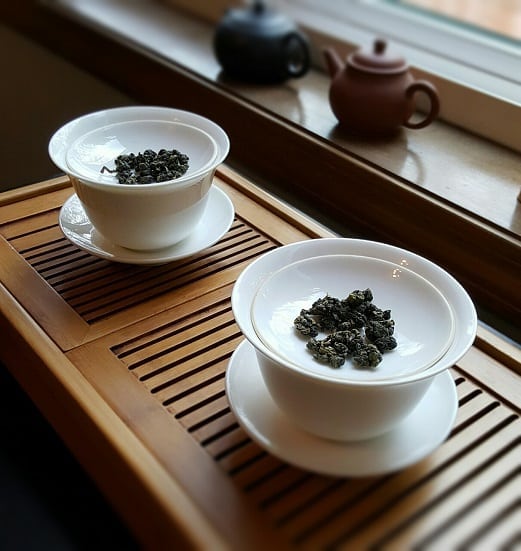
Both teas looked exactly the same—large, ball-fisted green leaves with li’l necktie stems. The Spring smelled buttery and floral, whereas the Winter had more of a “sweet bread” smell. And, I’ll be darned, that sweetness did linger, but it didn’t “come back”. But I wasn’t sure Hui Gan was supposed to show up in the aromatics or not.
These were my findings after the first infusions finished steeping.

Editor’s Note: Forgive the redundancies between the video and the narrative. The Lazy Literatus filmed the tasting notes before undertaking the write-up. That . . . and his attention span is quite short.
I filmed about six minutes worth of additional material with two more infusions . . . but I screwed it up. Royally. I over-steeped the second infusion on both by a good ten seconds, and they turned out tasting like burnt salad. The third fared way better—the sweetness came back!—but the leaves were still a bit shaky from the earlier abuse. That and I accidentally thought “lingering sweetness” was “comeback sweetness”. Nope . . . totally different.
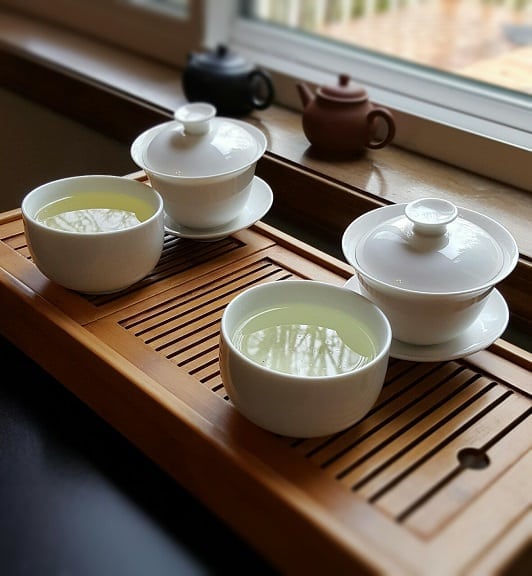
But then I let a few minutes go by . . . and then a few more . . . and then a few more after that. Then I suddenly had an itch in my right index finger. I grabbed my electric kettle, filled it with water, and put it back on its little ol’ heating pad. Once I saw those little fish-eye bubbles, I stopped the heat, and did a fourth re-steep of both.
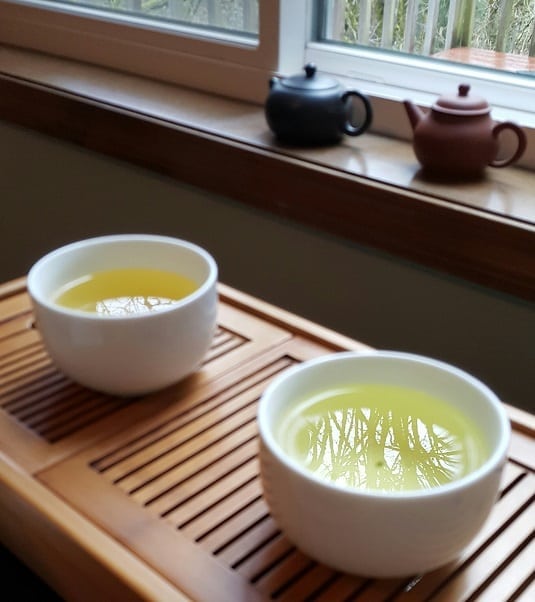
And then a fifth.
I think I got a good two or three more infusions out of both those sets of leaves. In all honestly, I had planned on doing an entirely different tasting session after those two oolongs. But I lost track of time . . . by a good two hours. The tasting session started at around 11AM, and I carried it on until about 4PM. The only reason I finally stopped it was because I had to leave the house to meet friends in the early evening.
Did I find the elusive Hui Gan? I still have no clue. Its like the Carmen Sandiego of taster notes. Once you think you have it pinned down—whether by sensation or semantics—you find you’re nowhere near it at all.
Perhaps I’ll reflect on it more, at a later juncture.
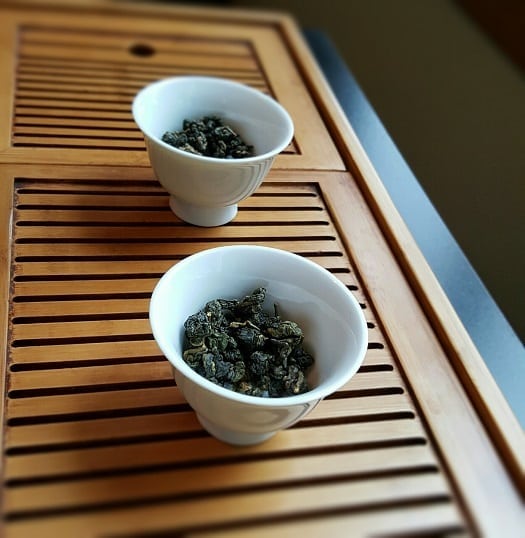
Sweetly.
To buy the Winter ’16 Ali Shan oolong I test-drove, go HERE. See if you can find Hui Gan.
